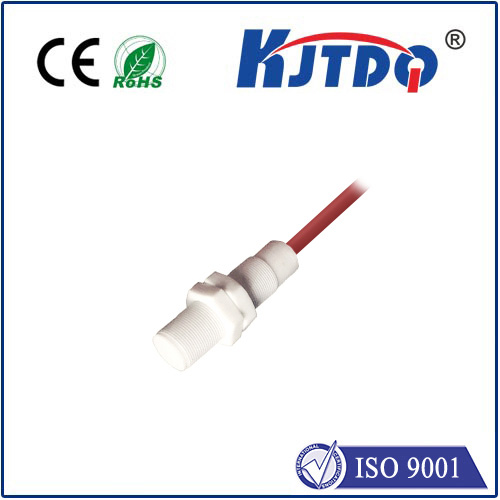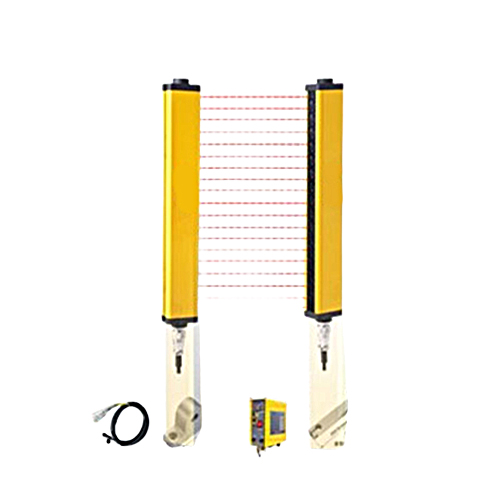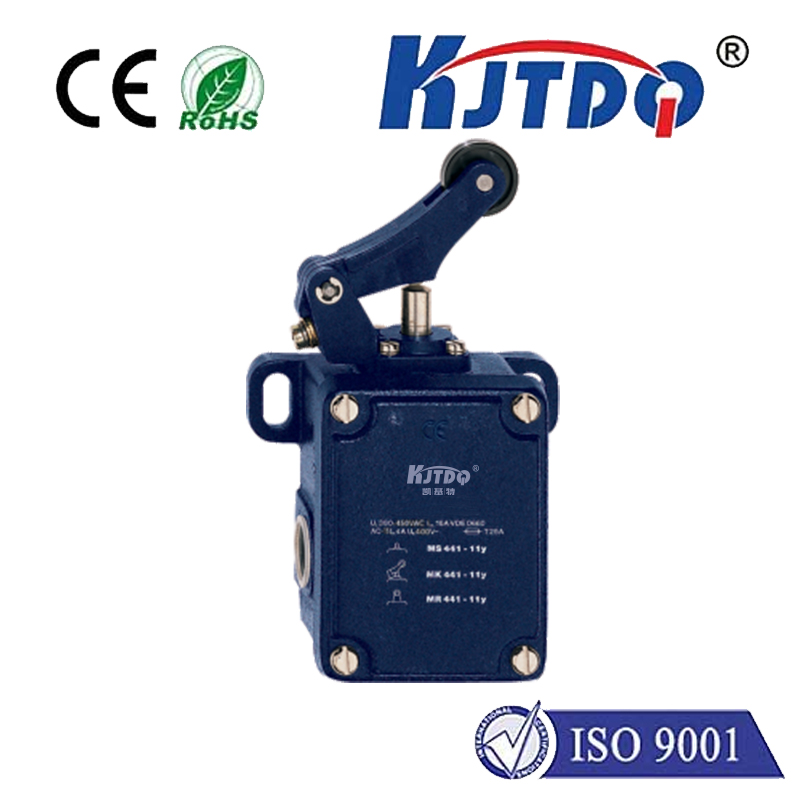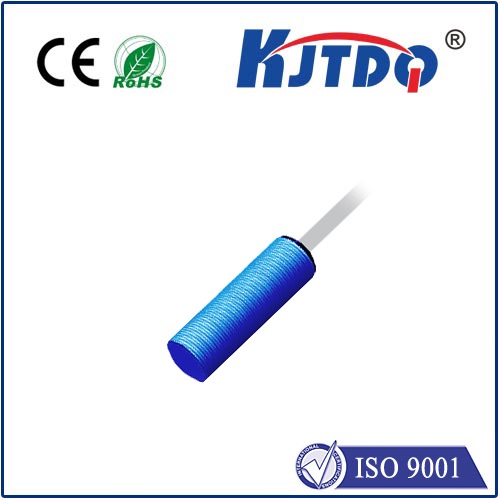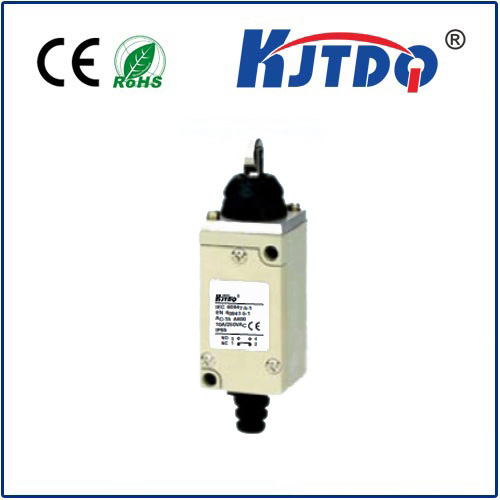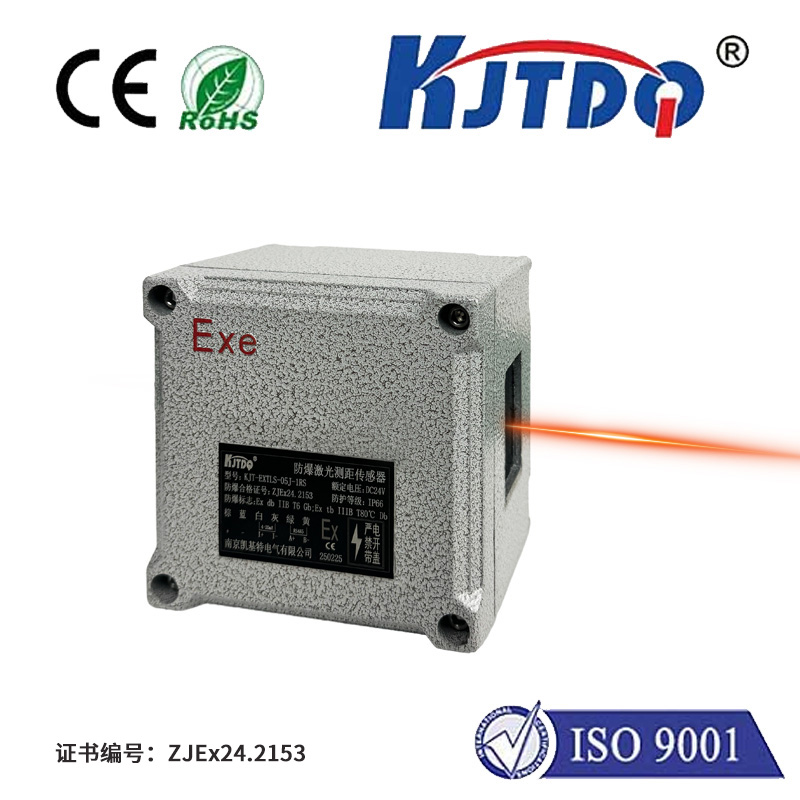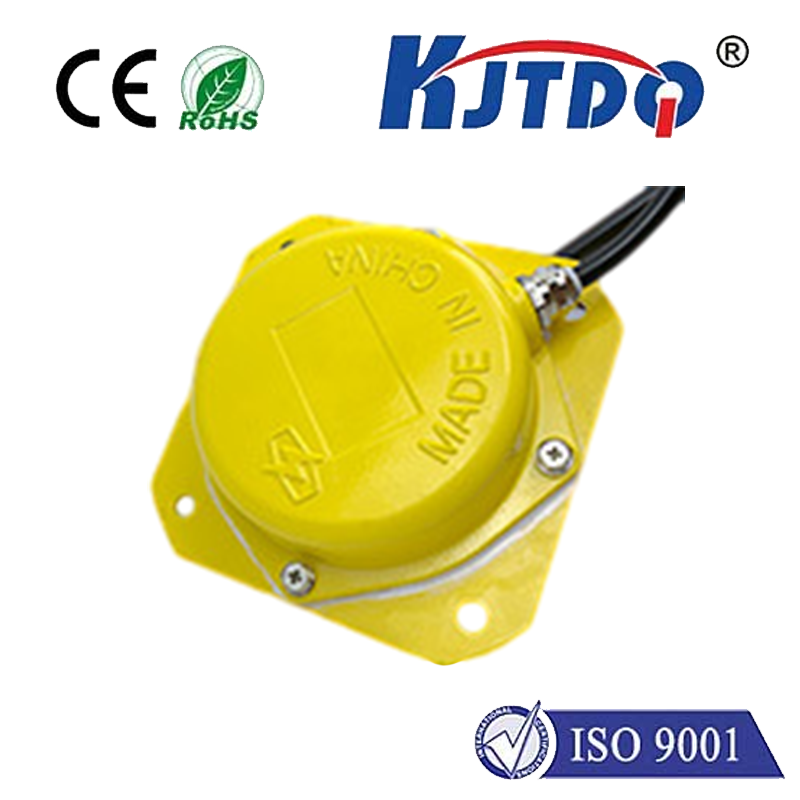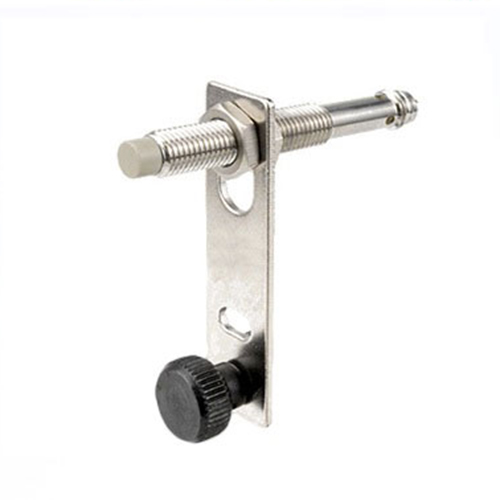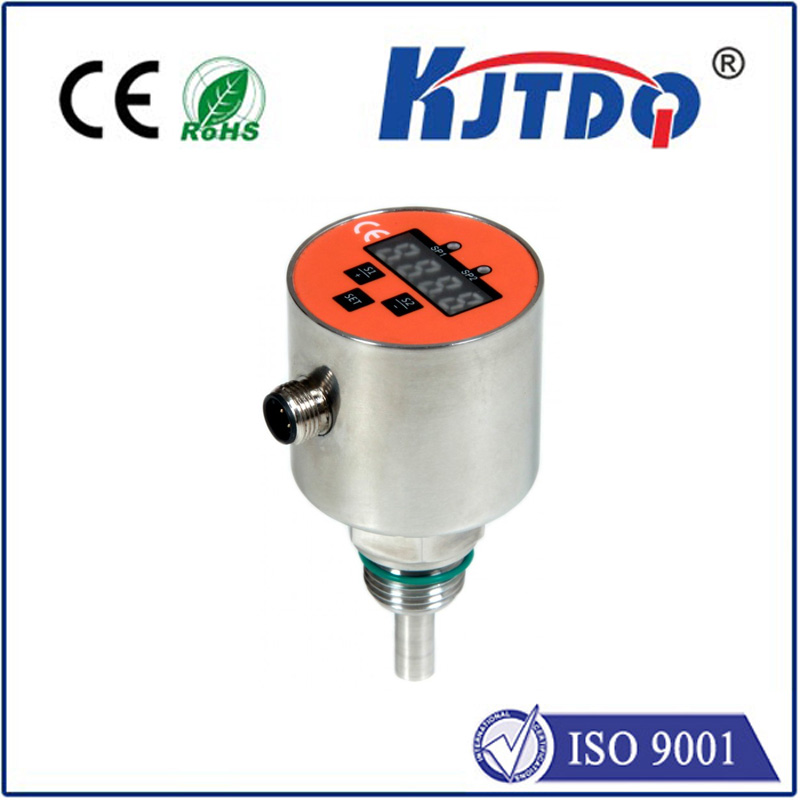

check

check

check

check

check

check

check

check

check

check
Exploring the Versatility of Photoelectric IR Sensors
Photoelectric infrared sensor technology is a fascinating field that has seen tremendous growth in recent years. These sensors are versatile devices capable of detecting infrared radiation and converting it into an electrical signal. This makes them incredibly useful in a variety of applications ranging from home security systems to advanced scientific research. In this article, we will delve deeper into the workings of photoelectric IR sensors and examine their various uses.
Understanding Photoelectric IR Sensors
The basic function of a photoelectric IR sensor revolves around its ability to register changes in infrared radiation. It consists of an infrared-sensitive element, which absorbs IR light and produces an electrical current proportional to the intensity of the detected radiation. The sensor then translates this current into a readable output, such as a voltage or digital signal, which can be interpreted by a system or device.

Applications of Photoelectric IR Sensors
One of the most common applications of photoelectric IR sensors is in the realm of home security. These sensors can detect motion and are frequently used in burglar alarm systems. They provide an efficient way to monitor areas without the need for constant human supervision.
In the industrial sector, photoelectric IR sensors are crucial components in automated systems. They can detect machinery parts passing on a conveyor belt or measure the positioning of objects to ensure precision during the manufacturing process. This enhances efficiency and reduces the risk of errors that may result from manual inspection.
In the healthcare industry, these sensors find use in medical devices. For example, they can be part of an instrument that measures blood flow rate using the absorption of IR light by hemoglobin. Additionally, they are utilized in thermometers to detect body temperature through the detection of infrared heat emitted by the skin.
Scientific Research and Development
Photoelectric IR sensors also play an integral role in scientific research and development. Astronomers employ them to capture information about stars and planets by analyzing the infrared radiation they emit. Similarly, environmental scientists use these sensors for monitoring forest fires, tracking animal movements, or studying climate patterns by measuring thermal radiation.
Conclusion
The adaptability of photoelectric IR sensors has made them essential tools across multiple disciplines. From securing homes and streamlining industrial processes to advancing scientific understanding, their impact is significant. As technology continues to evolve, so too will the innovative ways we integrate these sensors into our lives and work environments. The future of photoelectric IR sensors is bright, promising even more breakthroughs as we continue to harness and refine this powerful sensing technology.
